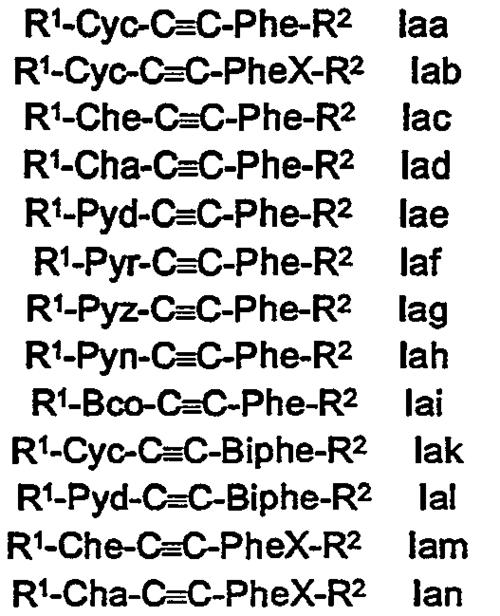
Understanding the Basics of ETH
Have you ever wondered what ETH stands for and what it represents in the digital world? ETH, short for Ethereum, is a term that has gained significant traction in recent years. It refers to both a cryptocurrency and a blockchain platform that has revolutionized the way we perceive and interact with digital assets.
What is Ethereum?
Ethereum is an open-source blockchain platform that enables the creation and execution of smart contracts. It was launched in 2015 by Vitalik Buterin, a Russian-Canadian programmer. Unlike Bitcoin, which is primarily a digital currency, Ethereum is designed to support a wide range of decentralized applications (DApps) and smart contracts.

Smart Contracts: The Building Blocks of Ethereum
Smart contracts are self-executing contracts with the terms of the agreement directly written into lines of code. They run on the Ethereum network and automatically enforce and execute the terms of an agreement when predetermined conditions are met. This eliminates the need for intermediaries, such as lawyers or brokers, and ensures transparency and security.
Ethereum Virtual Machine (EVM)
The Ethereum Virtual Machine (EVM) is the runtime environment for smart contracts on the Ethereum network. It allows developers to write decentralized applications that can run on the Ethereum blockchain. The EVM executes code in a sandboxed environment, ensuring that smart contracts cannot harm the network or other contracts.
Ethereum’s native cryptocurrency: ETH
ETH is the native cryptocurrency of the Ethereum network. It serves as the medium of exchange for transactions on the network and is used to pay for transaction fees and computational services. ETH can be bought, sold, and traded on various cryptocurrency exchanges.
The Ethereum Network
The Ethereum network is a decentralized network of computers that run the Ethereum protocol. It consists of nodes, which are individual computers that participate in the network by validating transactions and executing smart contracts. The network is secured by a consensus mechanism called Proof of Work (PoW), which requires nodes to solve complex mathematical puzzles to add new blocks to the blockchain.

Ethereum 2.0: The Future of Ethereum
Ethereum 2.0 is an upgrade to the Ethereum network that aims to improve scalability, security, and sustainability. The upgrade involves transitioning from Proof of Work (PoW) to Proof of Stake (PoS), which is a more energy-efficient consensus mechanism. Ethereum 2.0 also introduces a new layer of scalability called sharding, which will enable the network to handle more transactions per second.
ETH as a Reserve Asset
ETH has gained recognition as a reserve asset in the cryptocurrency world. Reserve assets are assets held by banks and financial institutions to back other assets and facilitate cross-border transactions. ETH’s high liquidity and its role as a medium of exchange make it a suitable reserve asset for cryptocurrency exchanges and financial institutions.
ETH’s Market Performance
ETH’s market performance has been volatile, with significant price fluctuations over the years. Its value has surged multiple times, reaching record highs, and has also experienced periods of decline. The market performance of ETH is influenced by various factors, including technological advancements, regulatory news, and macroeconomic trends.
ETH’s Role in the Future of Finance
Ethereum and ETH have the potential to play a significant role in the future of finance. With the rise of decentralized finance (DeFi) and the increasing adoption of blockchain technology, ETH is expected to become an integral part of the financial ecosystem. Its ability to facilitate secure, transparent, and efficient transactions makes it a valuable asset for both individuals and businesses.
Conclusion
ETH, as a cryptocurrency and blockchain platform, has the potential to revolutionize the way we interact with digital assets and the financial system. Its innovative features, such as smart contracts and the Ethereum Virtual Machine, have paved the way for a new era of decentralized applications and services. As the world continues to embrace blockchain technology, ETH is likely to remain a key player in the cryptocurrency market.




